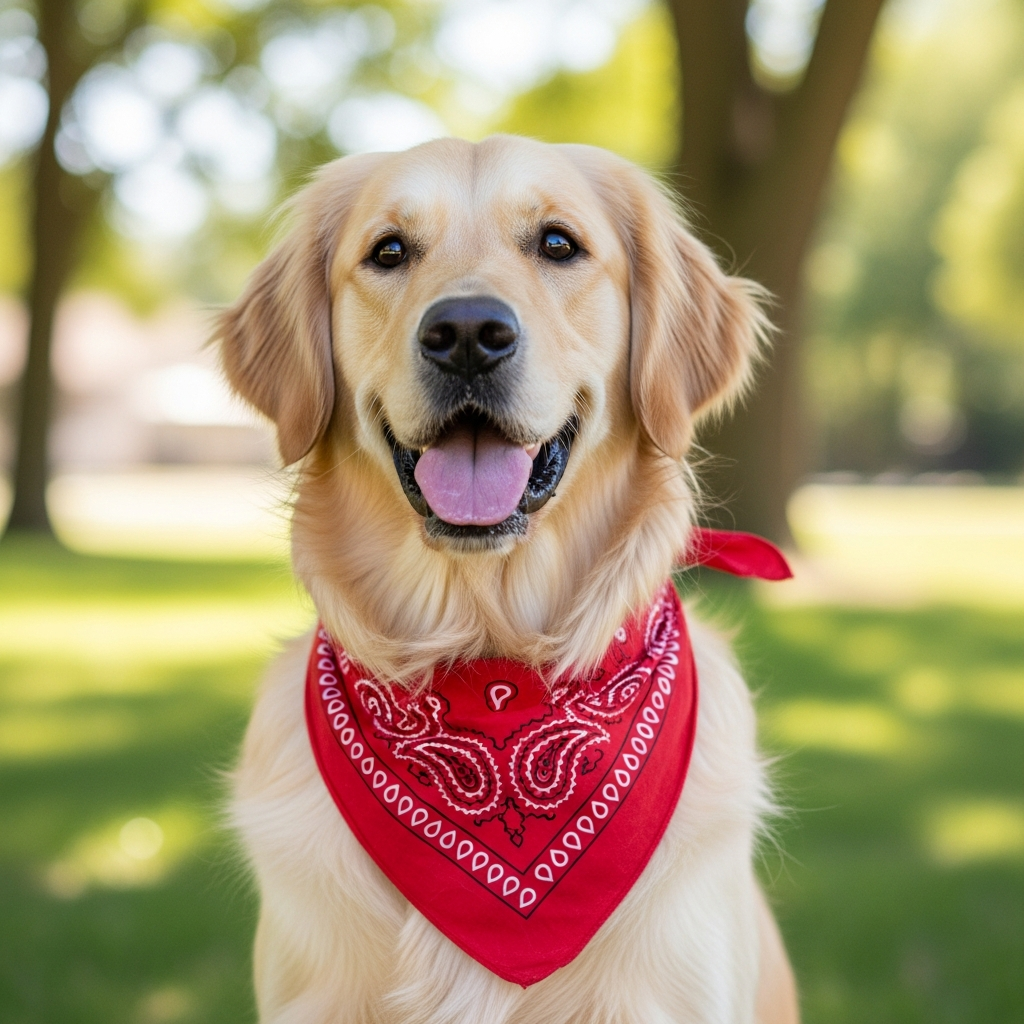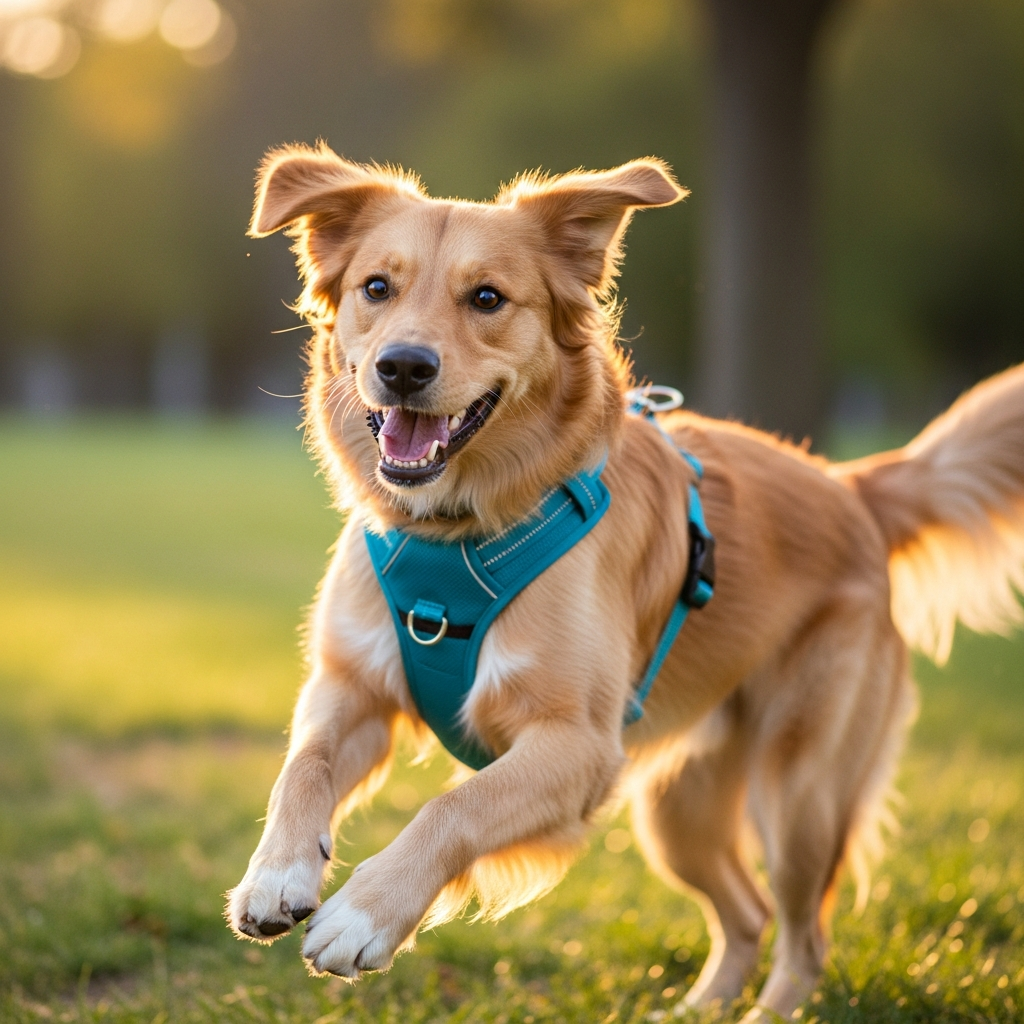Using the wrong dog collar can cause discomfort and anxiety, leading to poor training results. Choosing the best collar is essential for building trust and control.
The ideal dog collars seamlessly blend safety, comfort, and functionality. Selecting the right one depends on your dog’s size, behavior, and training requirements. It's important to steer clear of collars that cause pain or stress, especially during puppy training.
Finding the perfect dog collar is more than just a style choice—it's crucial for your dog's well-being and training success.
Is a Harness Better Than a Collar for a Puppy?
Puppies are in a critical stage of training, and the tools you select make a significant difference. While a harness offers more even pressure distribution and prevents neck strain, it may inadvertently encourage pulling behavior if not used correctly. Conversely, a soft, adjustable collar assists puppies in acclimating to wearing gear and learning leash manners gently. Trainers frequently suggest commencing with a collar for brief sessions to introduce leash pressure carefully. The key consideration isn’t just what's better—but what's safer and more effective during each phase of your puppy's development.


Should My Dog Sleep with His Collar On?
Although many dog owners leave collars on overnight for convenience, most trainers and vets advise removing them before bedtime. Continuous wear can lead to skin irritation, matting for long-haired breeds, and even pose choking hazards if the collar becomes caught on something. If your dog is crated at night or closely supervised, it's safer to let them sleep without a collar. For daily wear, opt for a quick-release collar to enhance safety. Sleep time should be restful and secure—devoid of unnecessary equipment that could compromise your dog’s comfort.

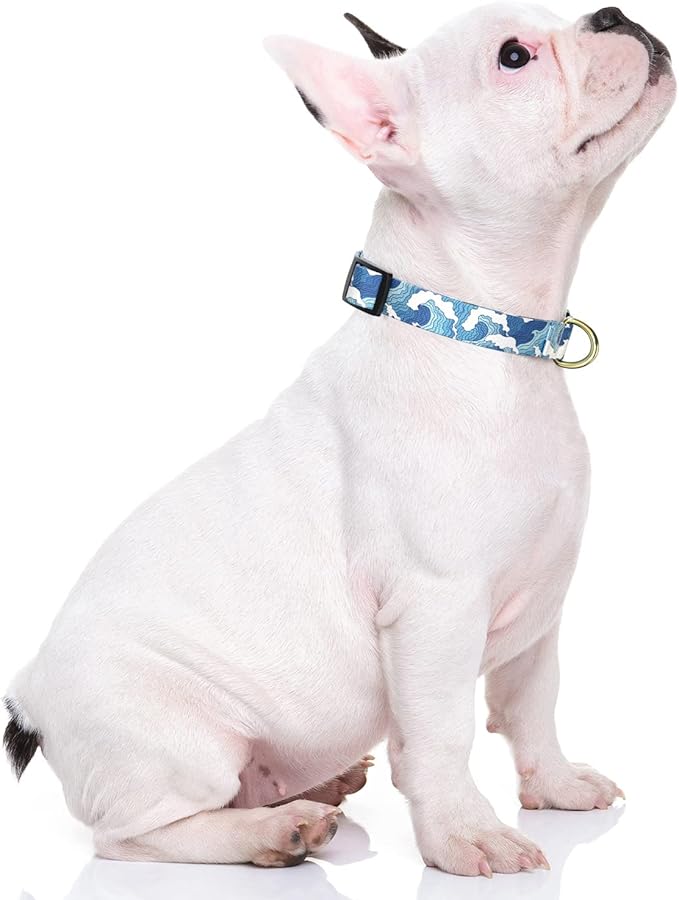
Should Dogs Wear Collars at Home?
Dogs don’t always need to wear collars indoors. If your dog is microchipped and in a secure environment, taking off the collar gives their neck a break and reduces wear-related risks. However, for dogs with behavioral issues or those still in training, having a collar on can provide easy access for correction or recall. Some trainers prefer breakaway collars indoors, as they release automatically if snagged. Ultimately, it's about balancing safety with practicality—closely monitor your dog’s needs and environment to make the best decision.
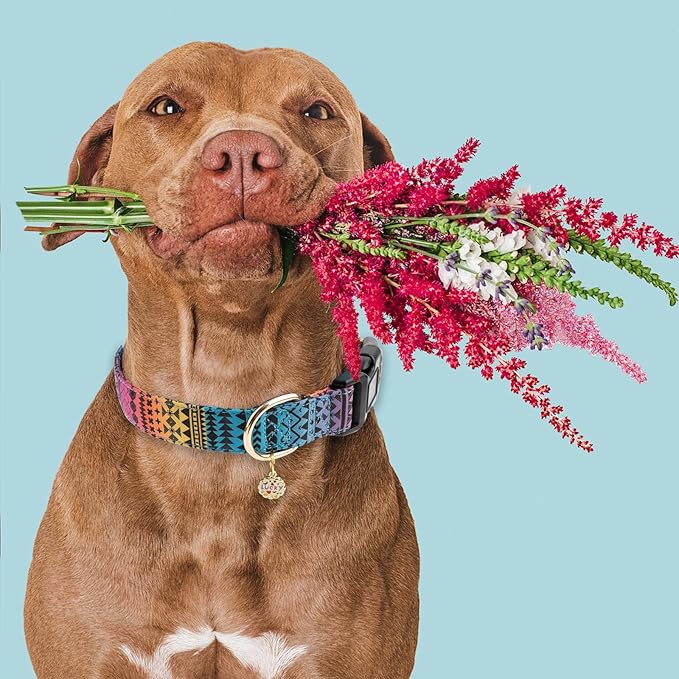
Are Collars Safe for Dogs?
Yes, if chosen and used properly, collars can be entirely safe. The issue with dog collars arises when they’re too tight, too loose, or misused during training. Ill-fitting collars can damage the trachea, particularly in small breeds. For active pullers or reactive dogs, collars may exacerbate behavior problems or cause injury. This is why some trainers disapprove of collars for certain situations and prefer tools like no-pull harnesses or head halters. Nonetheless, collars remain essential for ID tags and control in low-pressure settings. Safety hinges on fit, material, and purpose—not just the collar itself.
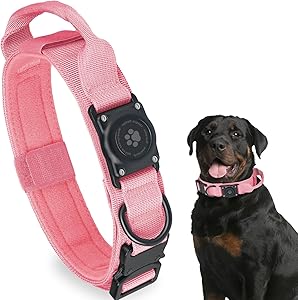
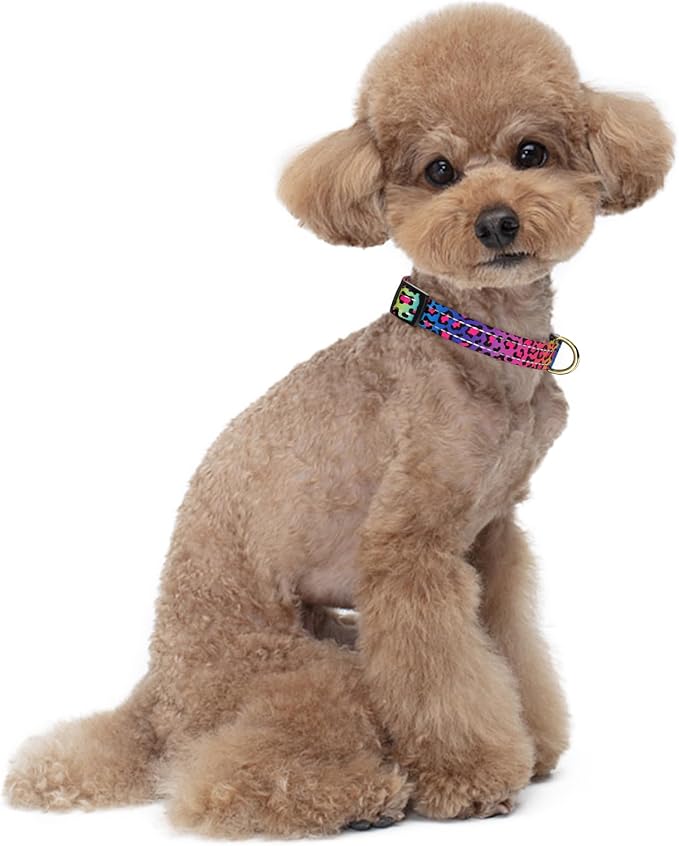
At Raysunpets Manufacturers, we specialize in crafting high-quality dog collars tailored for every need—whether it’s dog collars for small dogs with delicate builds, dog collars for large dogs that require strength and durability, or purpose-built tactical dog collars for working breeds. For style-conscious pet parents, our designer dog collars seamlessly combine fashion with function. Whatever your dog’s size or lifestyle, we deliver comfort, safety, and craftsmanship in each collar.
Cindy Long is the Sales Manager of Raysunpets and a pet lover with over 12 years of experience in exporting pet products. She specializes in providing customized dog chest carriers, leashes and pet accessory solutions for the European and American markets, always focusing on the real needs of customers and pets, and is committed to creating high-quality, practical and comfortable products that allow fur kids to live happier lives.

